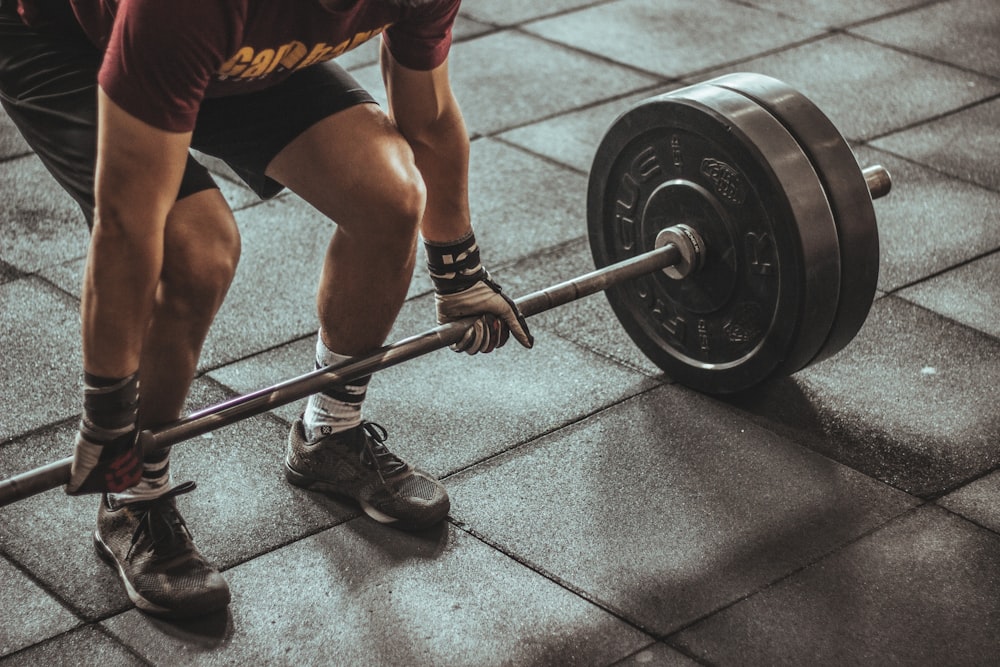
Kyokushin Conditioning The Ultimate Guide
The Foundation: Kihon
Kyokushin karate places immense importance on Kihon, the basic techniques. This isn’t just about memorizing forms; it’s about mastering the fundamental punches, kicks, blocks, and stances with precision and power. Each movement is meticulously refined, focusing on proper body mechanics, breathing, and the generation of explosive force. Hours are spent perfecting each technique, building a solid base for more advanced training. This foundational work is crucial for developing speed, strength, endurance, and the overall efficiency that distinguishes Kyokushin practitioners.
Developing Power: Kihon Ippon Kumite
Kihon Ippon Kumite, or one-step sparring, takes the basic techniques and applies them in a dynamic context. A student performs a pre-arranged sequence of attacks and defenses against an opponent, honing their timing, accuracy, and power generation. This drills develop speed, reflexes and the ability to transition seamlessly between offensive and defensive maneuvers. It’s a crucial bridge between static Kihon practice and the more unpredictable nature of free sparring.
Endurance and Stamina: Intensive Running and Roadwork
Kyokushin is renowned for its grueling physical conditioning. Long-distance running, often in challenging terrain, is a cornerstone of training. This builds cardiovascular fitness, mental toughness, and the resilience needed to endure the intense demands of kumite (sparring) and other demanding activities. Roadwork isn’t just about covering distance; it’s about pushing physical limits and fostering a strong sense of discipline.
Building Strength and Power: Strength Training and Conditioning Exercises
While Kyokushin emphasizes natural strength developed through technique and training, supplemental strength and conditioning exercises play a significant role. This might include weight training, calisthenics, and other exercises designed to improve overall strength, power, and flexibility. The focus is on functional strength—that is, strength directly applicable to the demands of karate—rather than simply building large muscles. Proper form and injury prevention are paramount.
The Crucible of Combat: Kumite
Kumite, or sparring, is where all the elements of Kyokushin training come together. It’s a full-contact, no-holds-barred test of skill, endurance, and mental fortitude. Through controlled sparring and more intense free sparring, practitioners learn to apply their techniques under pressure, develop timing, and improve their overall fighting ability. This constant exposure to challenging situations fosters adaptability and a relentless fighting spirit.
Iron Will: Tamashiwari (Breaking Techniques)
Tamashiwari, or breaking techniques, is a unique aspect of Kyokushin training. It requires exceptional focus, precision, and power. Breaking wood, tiles, or ice builds confidence, strengthens the spirit and provides a tangible demonstration of accumulated strength. It pushes physical limits and fosters a mindset of overcoming seemingly impossible challenges.
Mental Fortitude: The Kyokushin Spirit
Kyokushin training isn’t merely about physical conditioning; it’s a holistic discipline that cultivates mental strength, discipline, and perseverance. The rigorous training regimen demands mental toughness, the ability to push through pain and fatigue, and maintain focus under pressure. This mental fortitude extends beyond the dojo, shaping character and fostering a resilient spirit.
Diet and Recovery: Fueling the Body
Proper nutrition and recovery are essential components of Kyokushin conditioning. A balanced diet that provides sufficient energy for training, alongside adequate rest and sleep, is crucial for maximizing performance and preventing injuries. Understanding the body’s nutritional needs and recovery processes are critical for sustained progress and overall well-being.
Advanced Techniques: Refining the Arsenal
As practitioners progress through the ranks, they learn more advanced techniques and strategies. This includes more complex combinations, specialized fighting tactics, and refined approaches to self-defense. This continuous refinement of technique ensures constant growth and improvement in martial arts ability.
Consistency and Patience: The Path to Mastery
Mastery in Kyokushin, like any martial art, is a journey, not a destination. It requires consistent effort, unwavering discipline, and immense patience. Regular training, adherence to the principles of the art, and continuous self-improvement are key to achieving proficiency and unlocking the true potential of Kyokushin karate. Read also about kyokushin karate conditioning.













